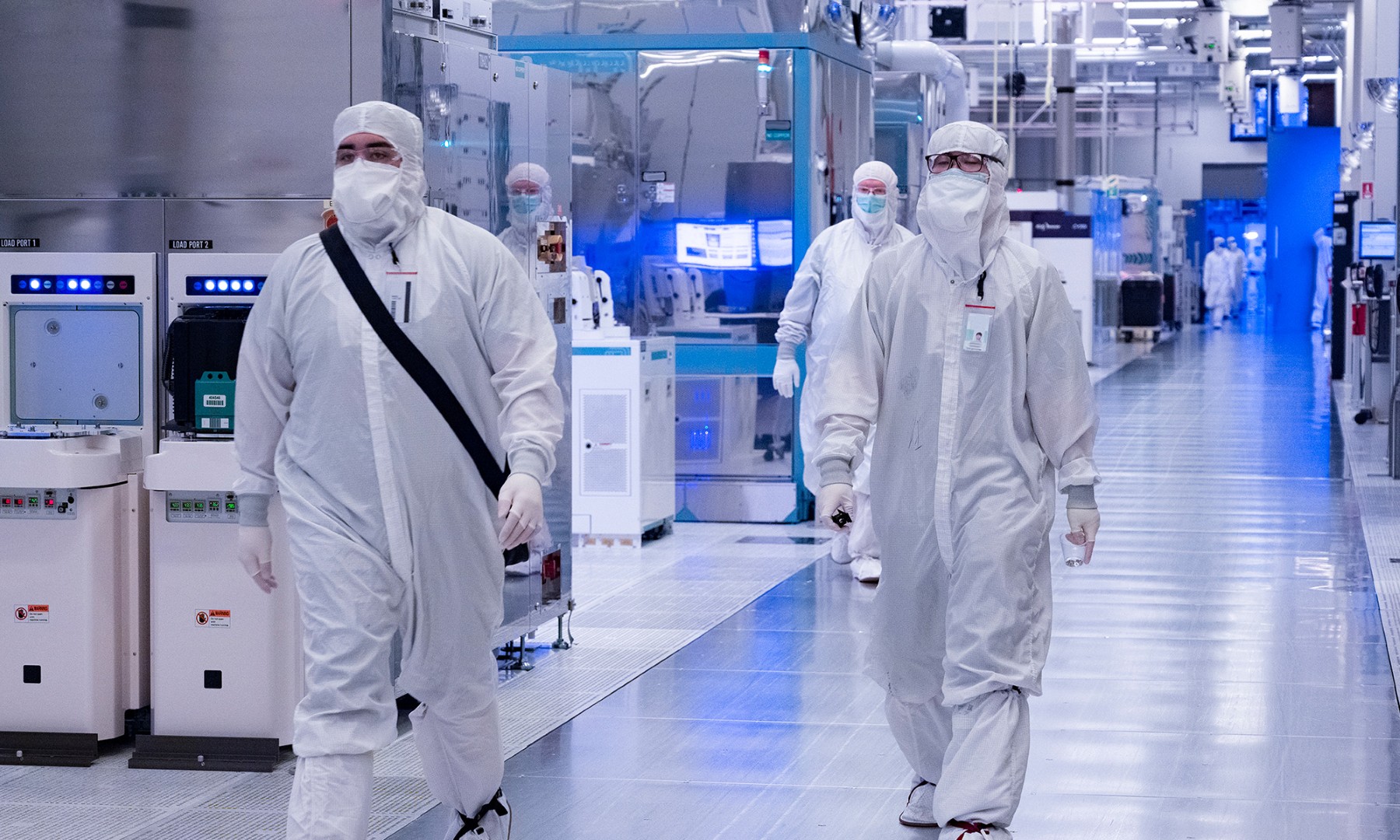There was a lot to like about Intel Corporation's (INTC +2.25%) recent earnings report, particularly the strong performance from the PC Client Group. Unit volumes rose 9% year-over-year as Intel stole market share away from competitor Advanced Micro Devices (AMD +0.89%) in a flat PC market, and this played a part in boosting Intel's net income by 40%.
But this growth came at a cost, with the average selling price of notebook chips declining due to market share gains from Intel's low-power Bay Trail chips. Bay Trail now represents 20% of Intel's notebook mix, and while the chips allow Intel to storm the low-end of the laptop market, there are downsides to this strategy.
The danger of "good enough" computing
Currently, Intel sells two lines of processors aimed at PCs. Bay Trail, which is part of the Atom line, is both low-power and low-performance, targeted at tablets and low-end PCs. Intel's Core processors, on the other hand, are vastly more powerful and power-hungry. During Intel's conference call, CEO Brian Krzanich hinted that both lines carry similar gross margins, allowing Intel to win market share at the low-end without sacrificing margins in order to do so.
But Atom processors are far less expensive than Core processors, and while this enables low-cost laptops, it also has the potential to cannibalize sales of higher-end systems. Looking at Intel's recent processor price list, a mobile Core i3 processor, the lowest-end Core processor, sells for around $275. The most expensive Bay Trail processor targeted at notebooks sells for just $161, with lower-end models priced as low as $75.
The success of Bay Trail in notebooks led to the average selling price of Intel's notebook processors to decline by 7% year-over-year, and while unit volume growth more than countered this decline, the risk going forward is that consumers choose a low-cost laptop over a more expensive, higher performance model. For users with basic computing needs, Bay Trail laptops may prove to be "good enough," and that could have the effect of cannibalizing Intel's higher-end parts.
Bad news for AMD
Intel's efforts to gain share in the low-end notebook market with Bay Trail puts AMD in a tough position. AMD's PC segment has been ugly as of late, with Intel continually winning share in a weak PC market, but the low-end has always been an area of strength for AMD. Bay Trail seems to have changed this dynamic, though, and with Intel set to release the next Atom iteration, Cherry Trail, next year, AMD risks being left in the dust.
Chromebooks, low cost laptops running Chrome OS, offer a glimpse into AMD's low-end laptop problems. Looking at a list of released Chromebooks, nearly all of them are powered by Intel processors, with only a few featuring ARM-based processors. AMD is nowhere to be seen on this list. Furthermore, Intel announced 20 new Chromebook models back in May that will be powered by either Bay Trail processors or higher-end Core processors. As far as I can tell, there isn't an AMD-powered Chromebook in the pipeline at all.
Chromebooks are the lowest of the low-end, and it would seem that AMD should have an advantage there. But Intel has made great strides in increasing the energy efficiency of its Atom chips, and with the company planning to move Atom to a 14nm process next year, AMD is going to have a tough time keeping up. Even AMD's most recent Beema and Mullins APUs are still using a 28nm process, and that gives Intel a built-in advantage.
The bottom line
Intel's gains in the low-end notebook market are impressive, but it does risk cannibalizing sales of higher-end parts in the process. Regardless of whether or not that happens, the news is only bad for AMD. A permanent manufacturing disadvantage puts the company in a difficult position, and continuing to bleed market share to Intel seems to be the most likely outcome.






